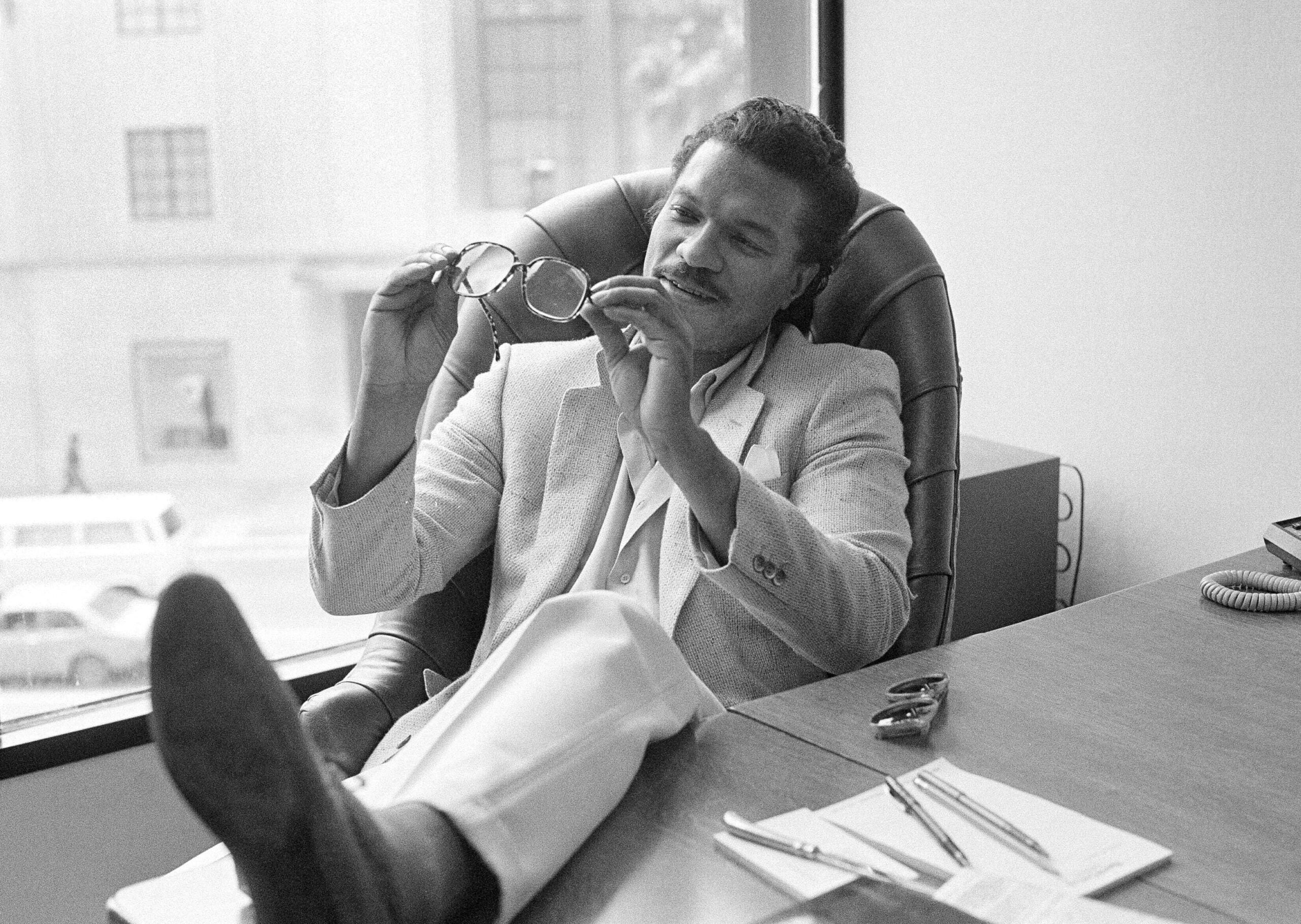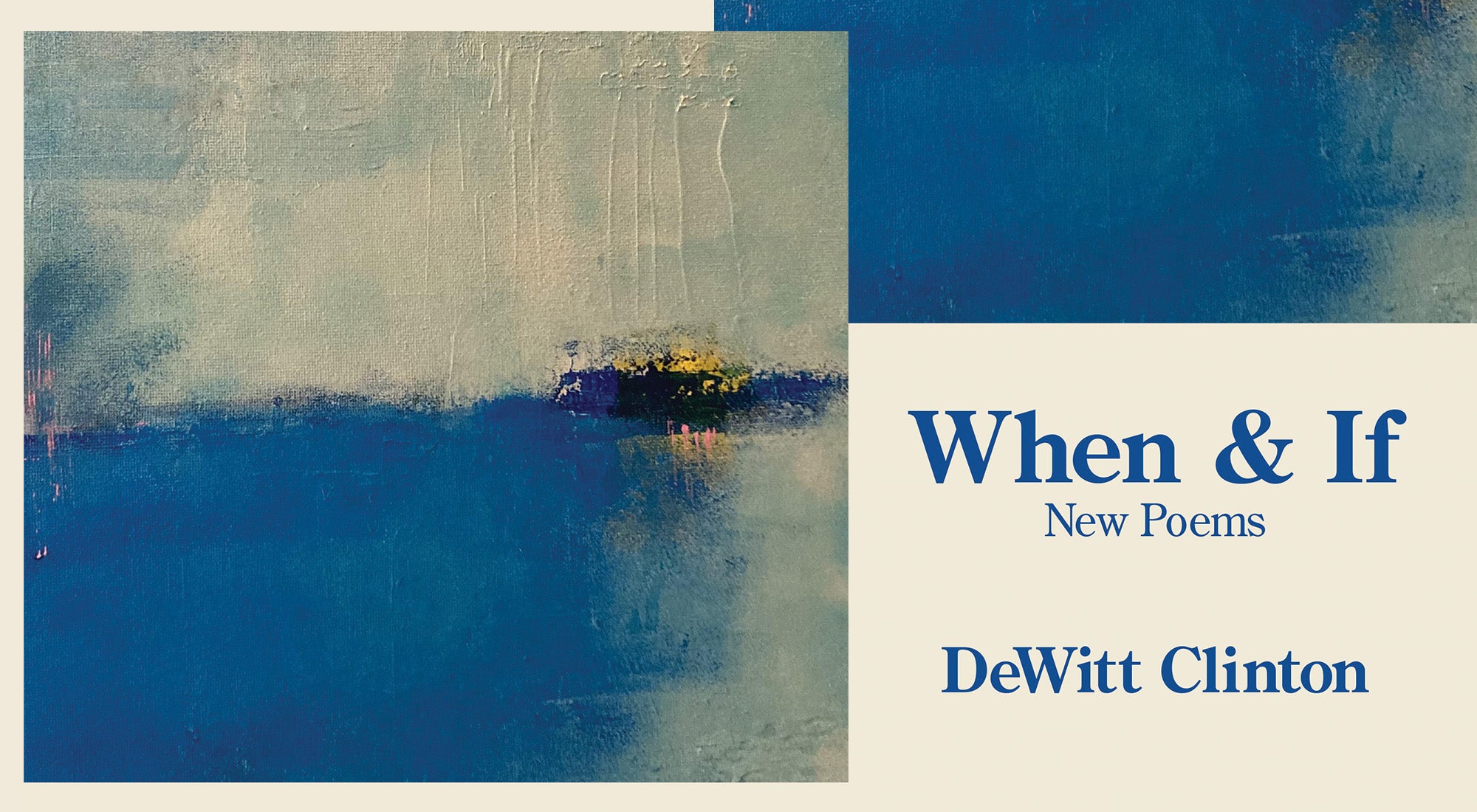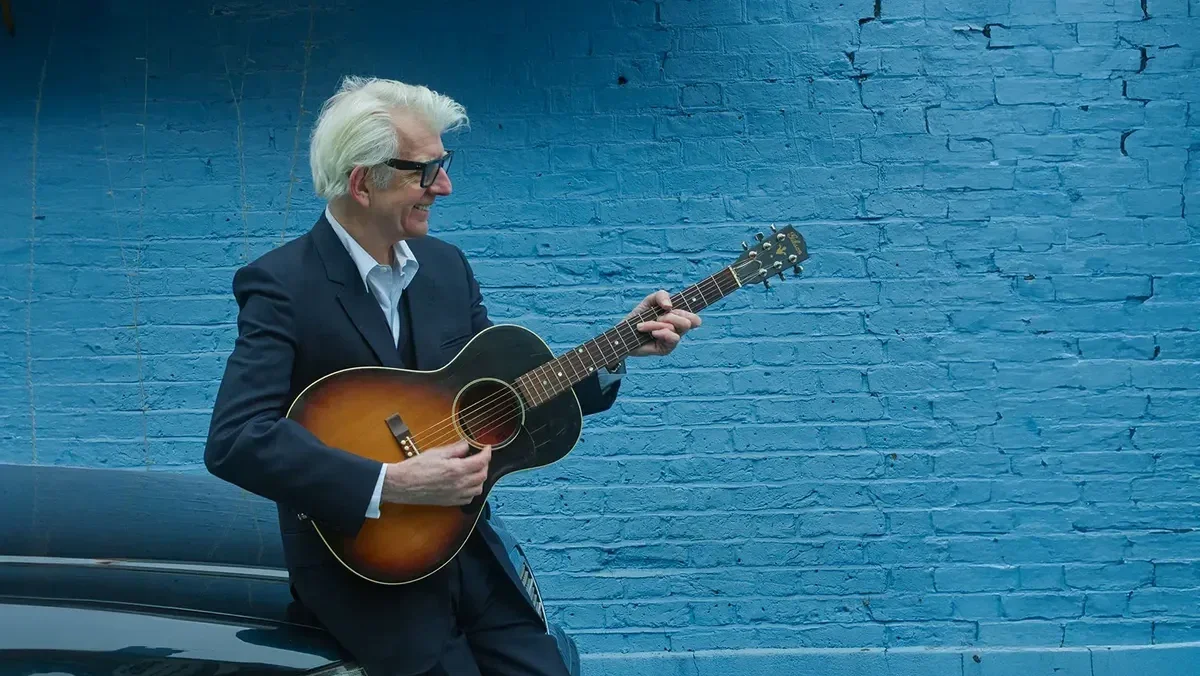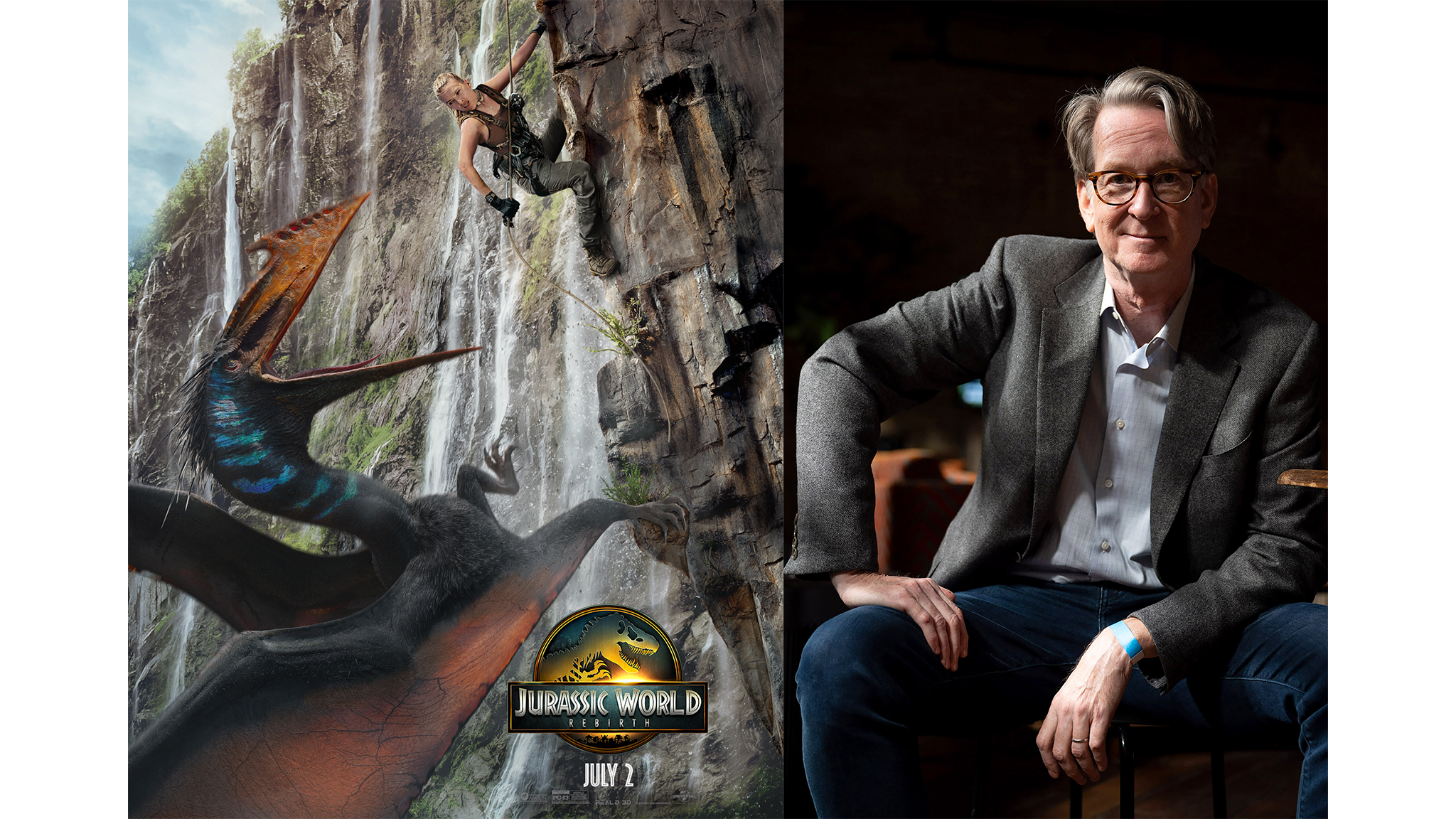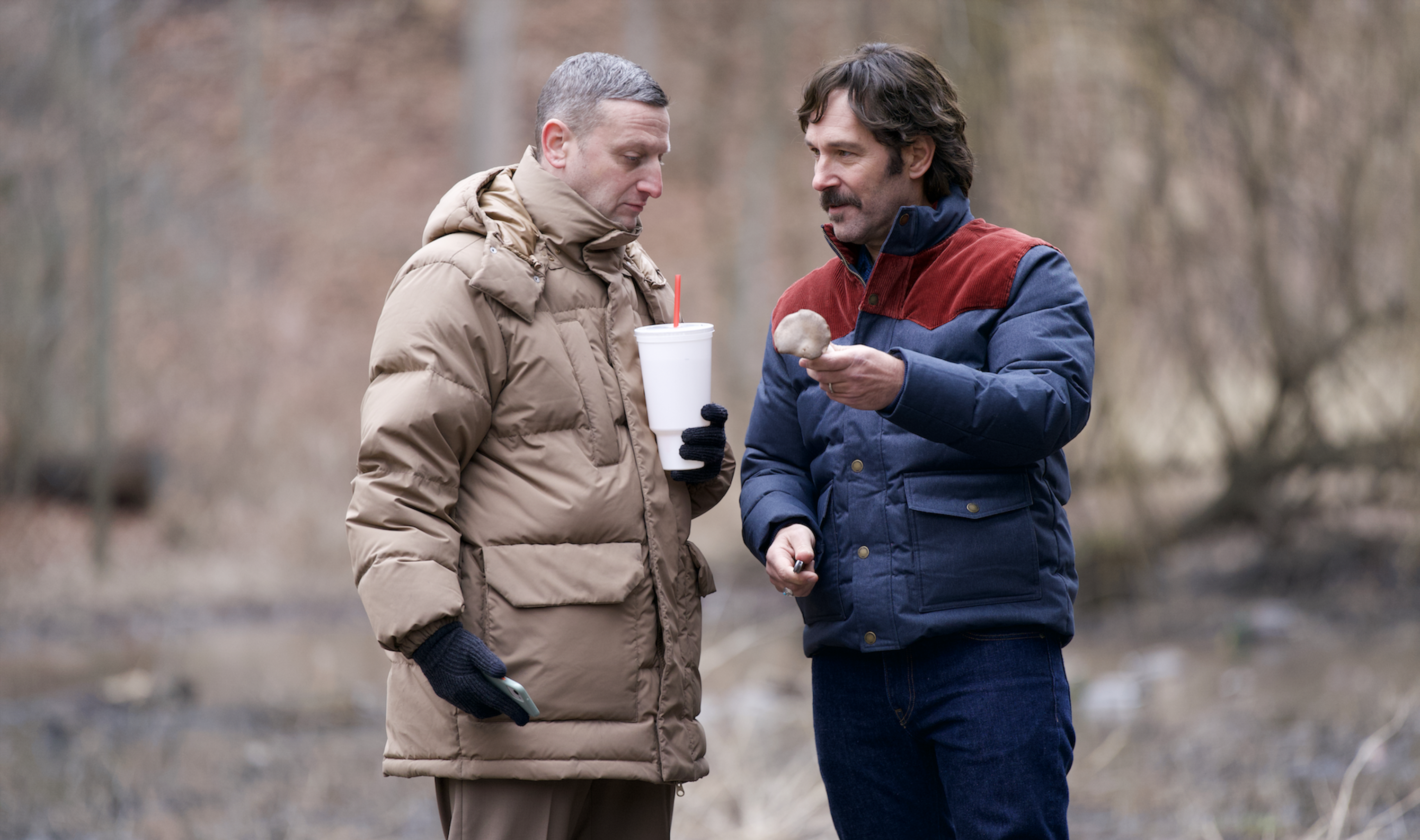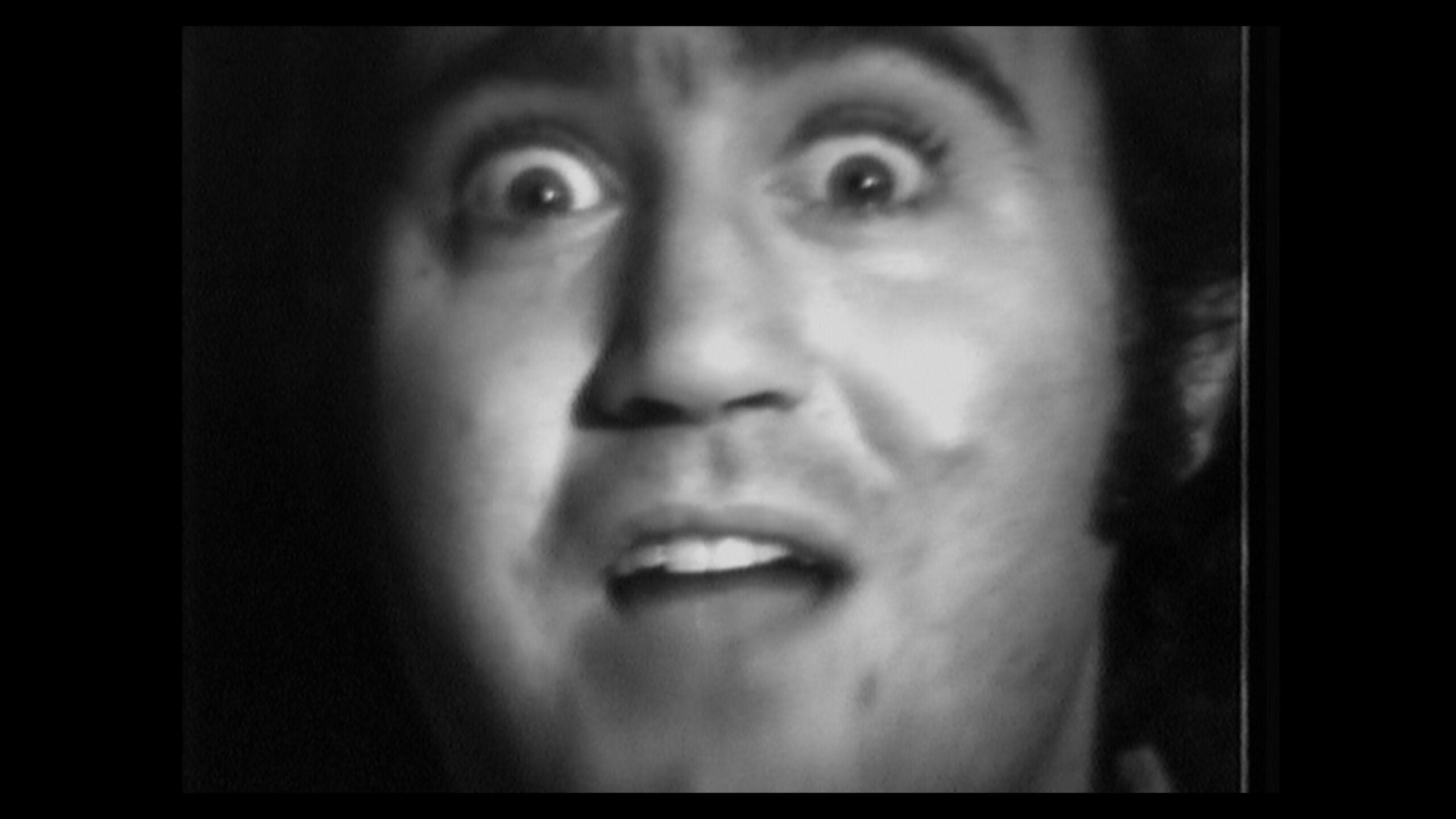Known to legions of Star Wars fans as Lando Calrissian, the debonair actor Billy Dee Williams has spent almost 80 years on screen and on stage. But there’s more to the man than the famous blue cape.
Williams has spent a lifetime career in the arts. He began life as a painter and was a child actor on Broadway. He would befriend (and even on occasion portray) civil rights icons and Black leaders, ultimately becoming one himself.
He’s captured so much of his incredible journey in his memoir, “What Have We Here: Portraits of a Life” — the title being a famous callback to his suave introduction as Lando in “The Empire Strikes Back.”
News with a little more humanity
WPR’s “Wisconsin Today” newsletter keeps you connected to the state you love without feeling overwhelmed. No paywall. No agenda. No corporate filter.
Williams caught up with WPR’s “BETA” host Doug Gordon to talk about his memoir, his landmark roles and why he decided to write it.
The following interview has been edited for brevity and clarity.
Doug Gordon: Billy, you studied to be a painter at the High School of Music and Art in New York. Then you studied at the National Academy of Fine Arts and Design. What did you learn about painting at the Academy?
Billy Dee Williams: My sister and I went to a music and art high school. And from music and art, I got a scholarship to the National Academy, and what I learned is art is gentle, art is incisive, allowing yourself to use your five senses. It allows you to look at things, to be a sponge. To be receptive. It allows you to appreciate.
DG: Why did you decide to leave painting? To pursue acting?
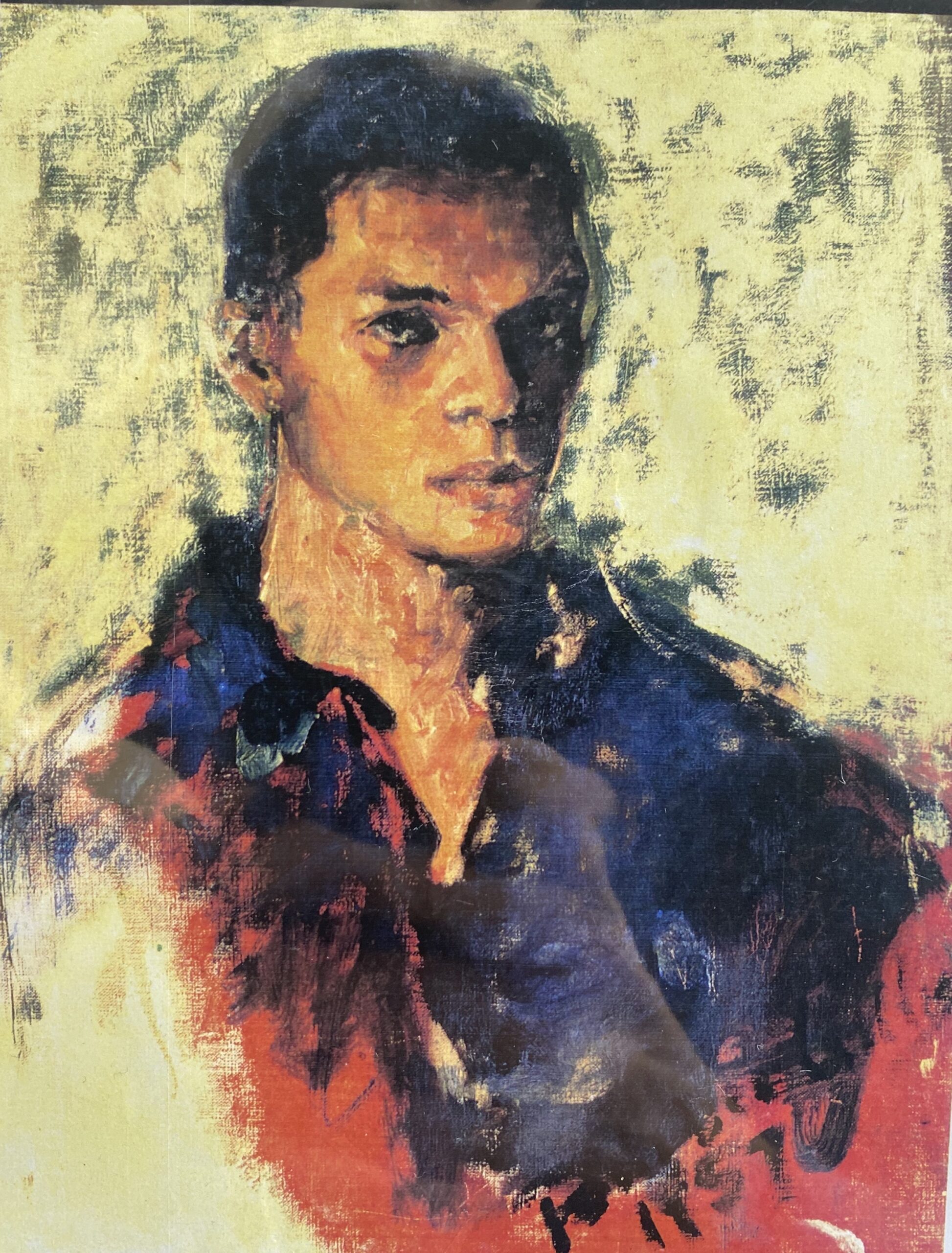
BDW: Well, I’ve been acting since I was 6-and-a-half years old. I was on Broadway in a Kurt Weill musical with his wife, Lotte Lenya. So, it was introduced to me, and it has continued throughout my life. I never really pursued it. It just sort of pursued me.
DG: You became good friends with the great writer and civil rights activist James Baldwin. Can you tell us about your friendship with him?
BDW: Well, when I met Jimmy, he was at Columbia Pictures writing a script on Malcolm X’s life. And I was doing a play on Broadway — I was in a musical on Broadway with Leslie Uggams, “Hallelujah, Baby!” And he saw me in the play, and that’s how we met. He approached me and asked me to consider playing Malcolm X. I said, great. That’s how we became friends.
DG: In 1970, you auditioned for a made-for-TV movie called “Brian’s Song.” It was based on the real-life friendship between the Chicago Bears teammates Gale Sayers and Brian Piccolo. How did your audition go?
BDW: Well, it worked very nicely. I mean, I was in a very kind of low place in my life, and when I was asked to audition, I was in the right frame of mind. And, so it worked very well.
Of course, Jimmy Caan and I met. It was an immediate chemistry. It was one of those moments that was meant to be. That whole experience to me was an act of love, an absolute act of love.
DG: Both you and James Caan were great in it. The movie has this famously emotional locker room scene. Can you tell us about that scene and what you did to prepare for it?
BDW: You learn about what their experiences were. And you observe and listen. I worked with Buzz Kulik, one of the best directors I’ve ever worked with.
Of course, I read the “I Am Third” book based on Brian Piccolo’s life and his relationship with Gale Sayers. You just pick up as much information as possible.
It was one of those experiences where I didn’t really have to find ways to motivate myself. I mean, everything was there.
DG: Fifty-five million people watched “Brian’s Song” when it aired. Both you and James Caan received Best Actor Emmy nominations, but neither of you won, which I find very surprising. Why do you think that was the case?
BDW: I have no idea, really. But I thought it was a tragedy. I’m assuming that they couldn’t decide whether they give me the Emmy or give Jimmy the Emmy. I always felt they should have given the two of us.
DG: Motown founder Berry Gordy signed you to a management contract after “Brian’s Song” aired, and Berry then cast you in “Lady Sings the Blues,” which starred Diana Ross. How did starring in this film change your career?
BDW: Well, I became a real romantic figure on the screen. A really heroic, romantic figure with a kind of vulnerability, which I managed to use in playing these characters. Marcello Mastroianni was one of my favorite actors because I loved his vulnerability. And I always tried to bring a kind of vulnerability to all these kinds of heroic figures.
DG: Of course, you would go on to play Berry Gordy in a mini-series about the Jackson 5. Was that awkward for you at all in any way?
BDW: No. I thought I was the perfect person for that because I knew Berry very well. He has a wonderful take on life, and I wanted to express that. There’s something very whimsical about Berry and I thought I was the only one that could really pull it off.
DG: And whimsy is a good thing. We need more whimsy in the world, as far as I’m concerned.
You made history when you were cast as the first Black character in the Star Wars universe. You, of course, played Lando Calrissian. How did you go about creating this character?
BDW: When I heard the name Calrissian, I said, “Well, that’s Armenian!” And I thought that was one perfect introduction and an opportunity to broaden the character. And then, of course, when I saw the cape, I thought that was Errol Flynn right there (laughs).
So yeah, the combination of those two things really gave me an impetus that colored what I wanted to do with Lando.
DG: What impact has writing your memoir had on the way you think about your life and your career?
BDW: Well, you know, I’m 86 years old, going on 87. And I’m at that stage in my life where I’m thinking about legacy and all that kind of silliness. I just thought, you know, I’ve had such an interesting life. And I’ve discovered over the years that an awful lot of people have been interested in my career.
So, I thought it was time to really kind of talk about things that most people don’t normally hear about. I mean, little brown-skinned people like me are generally talked about in terms of coming out of slavery and things of that nature. I decided I wanted to talk about my life in a much, much more interesting way.
